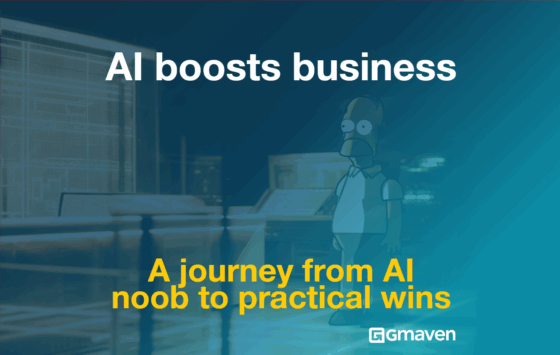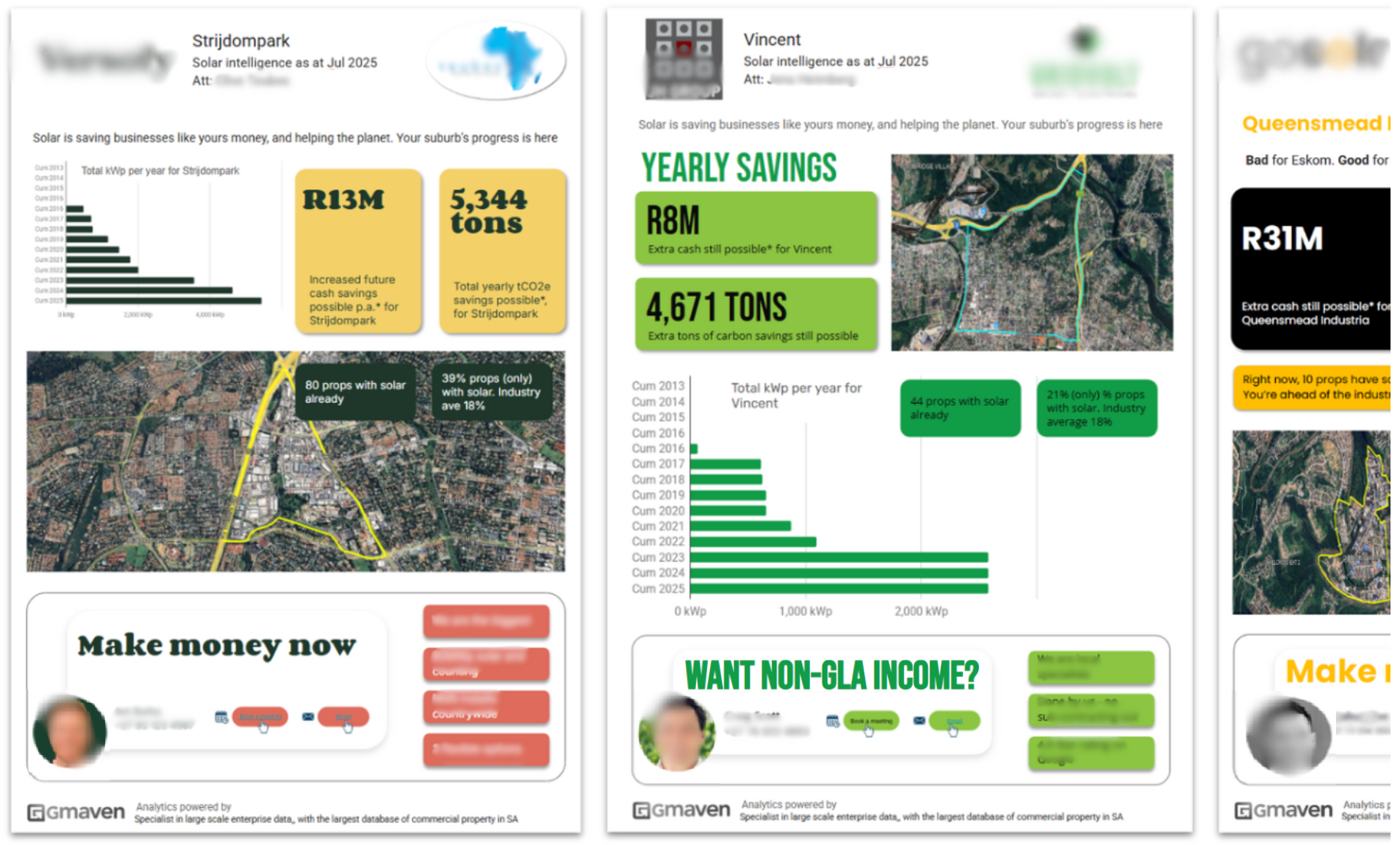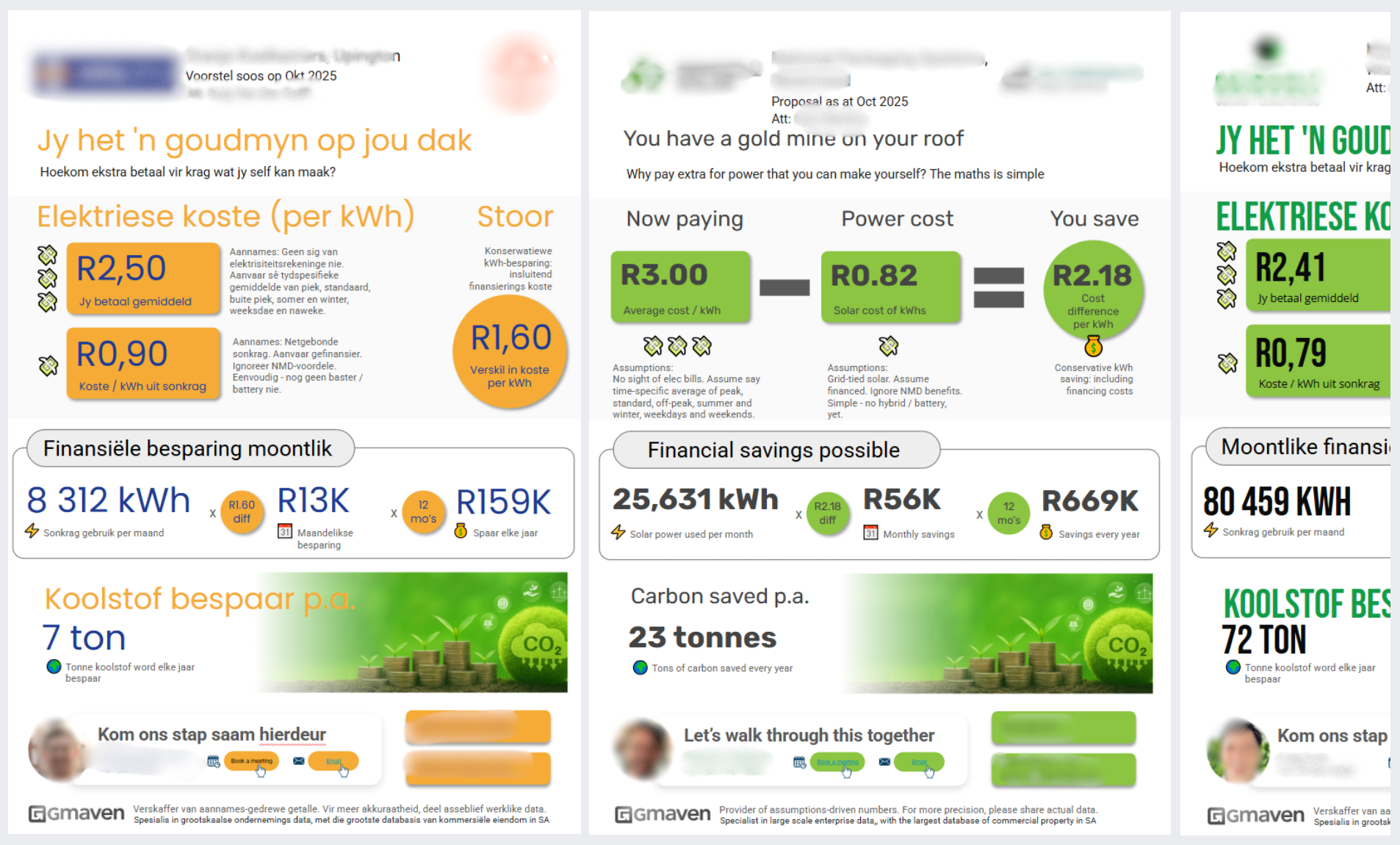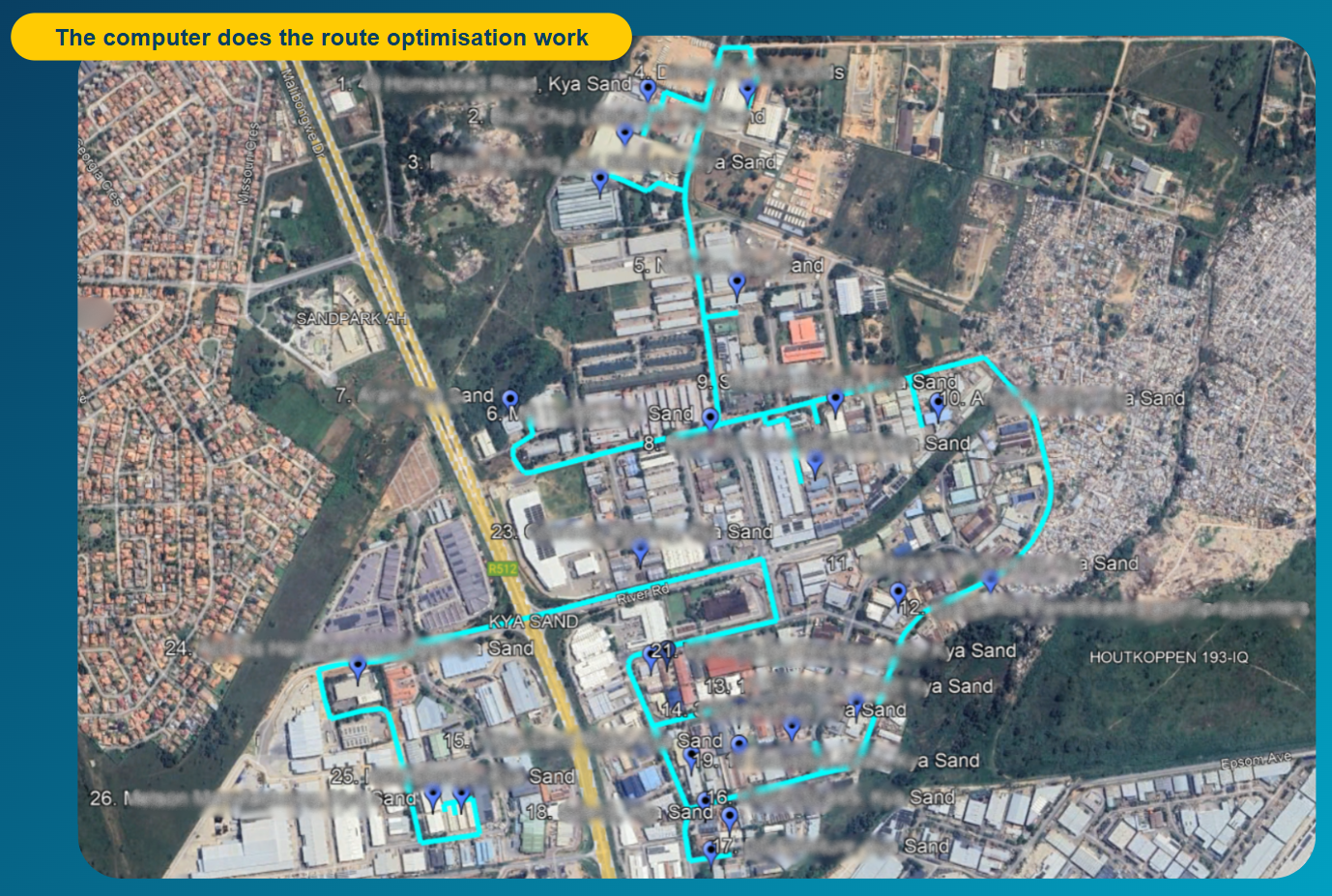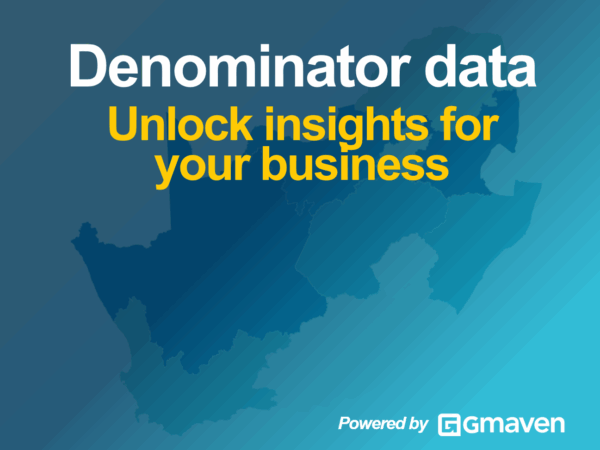Why Your SA Business is Flying Blind Without Denominator Data
In the fast-paced, hyper-competitive world of South African business, data without context is like scoring 50 marks without knowing it’s out of 200 – a recipe for poor decisions. Enter denominator data: a game-changing approach to geospatial insights that provides the missing “total” for your numbers, turning raw sales values (or risk, calls, etc.) into meaningful intel – steering action.

